1994 Rockwell Commander 114B
Low hour engine, propeller & fresh paint scheme
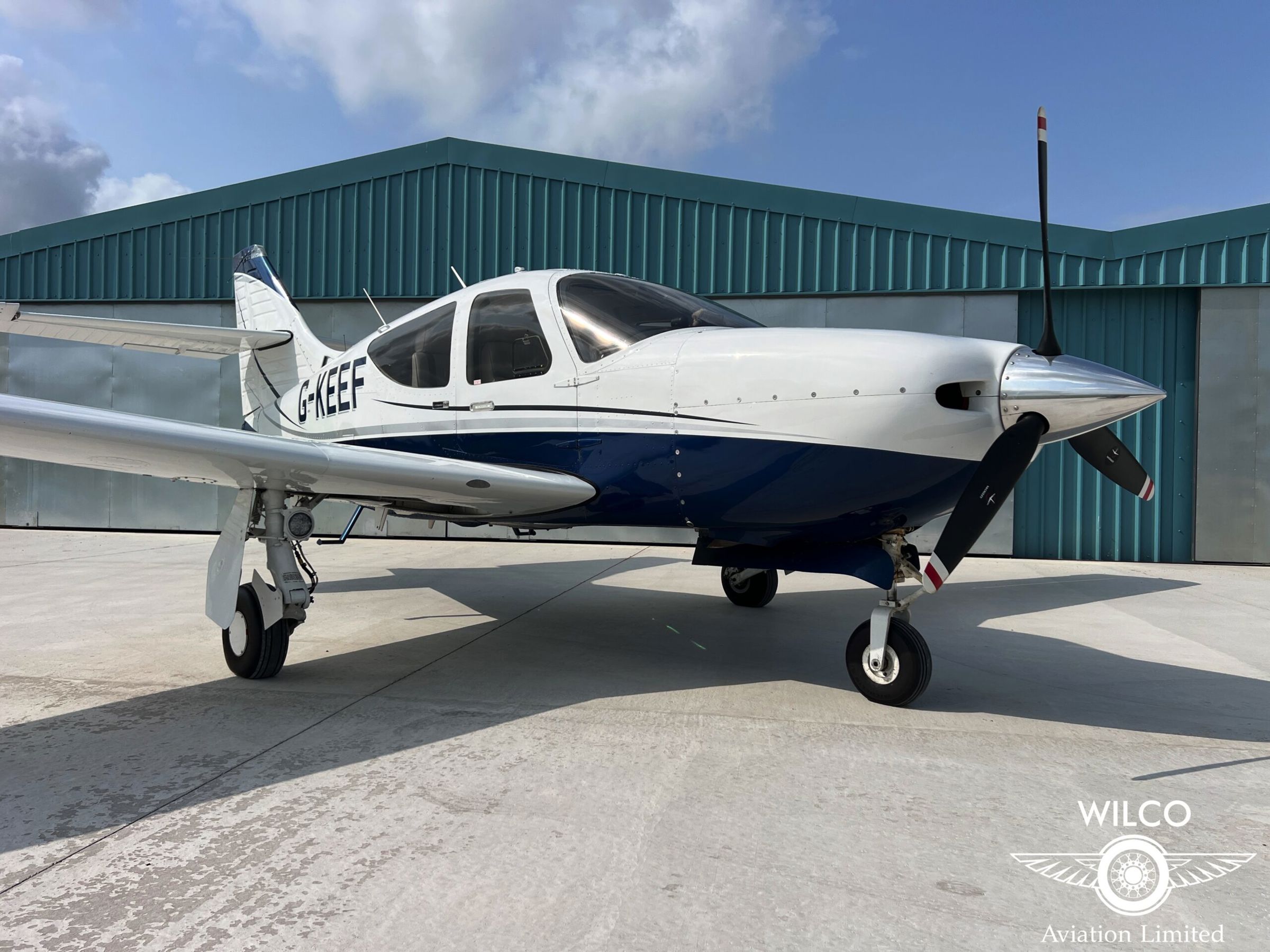
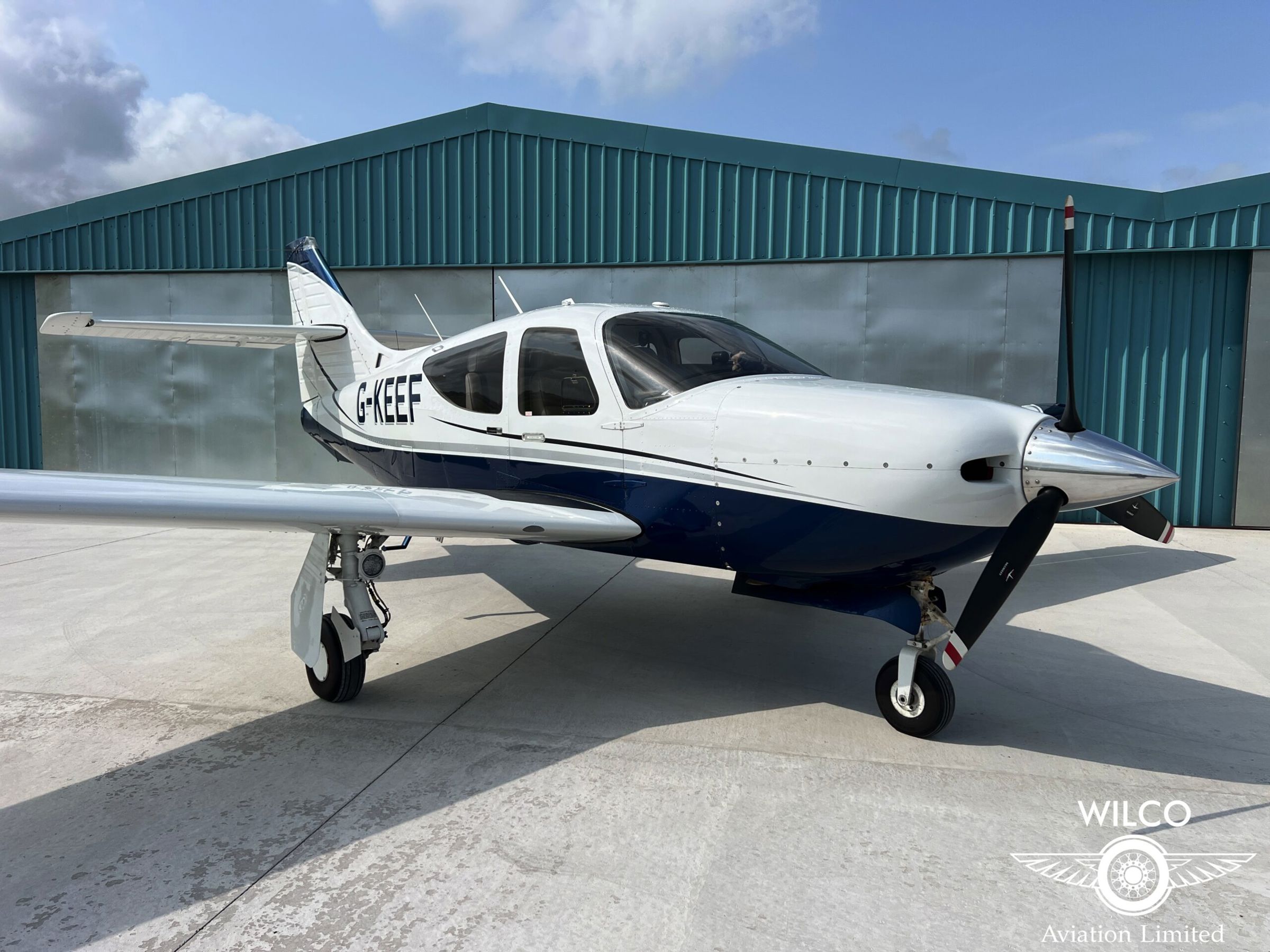
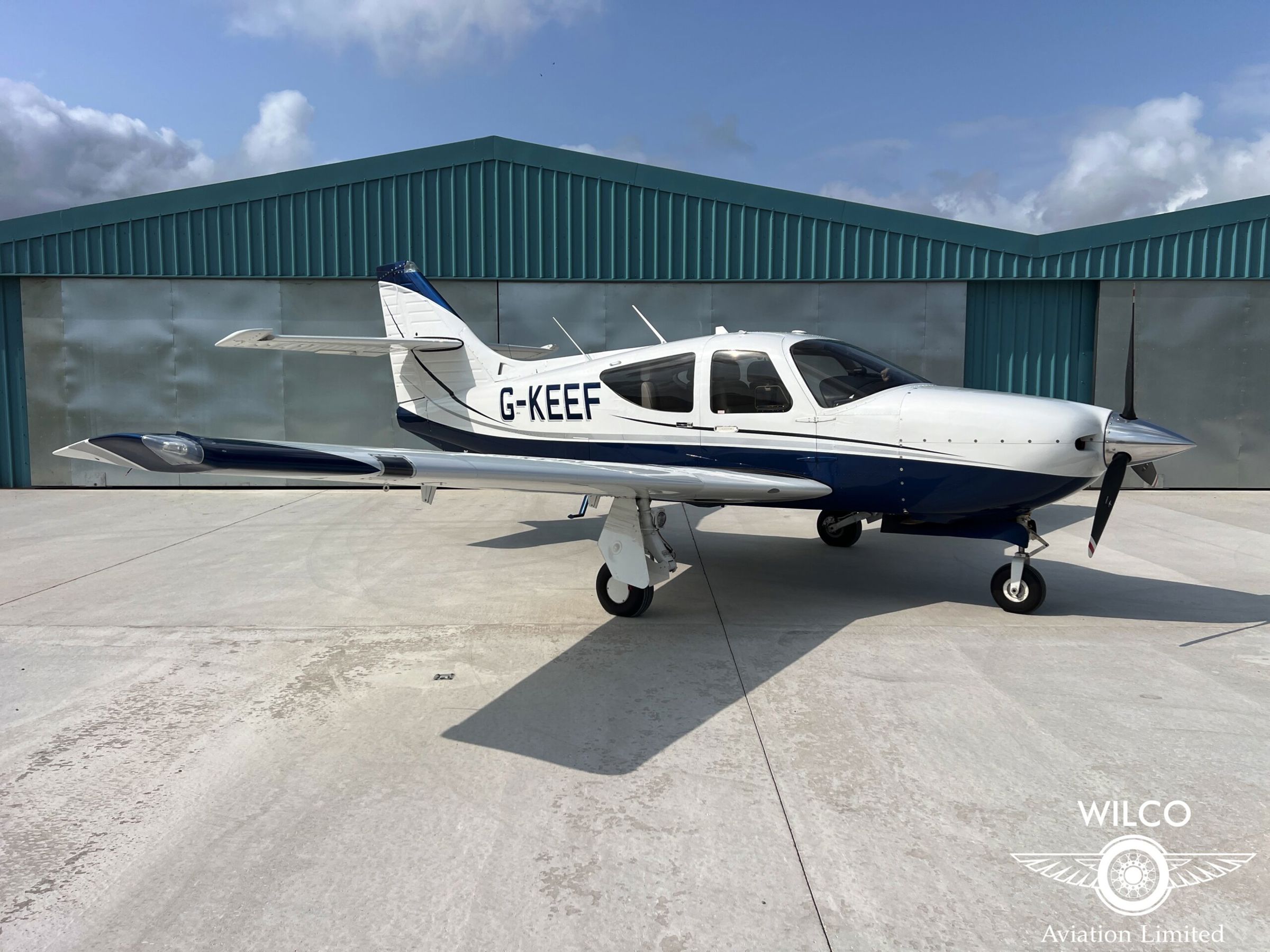
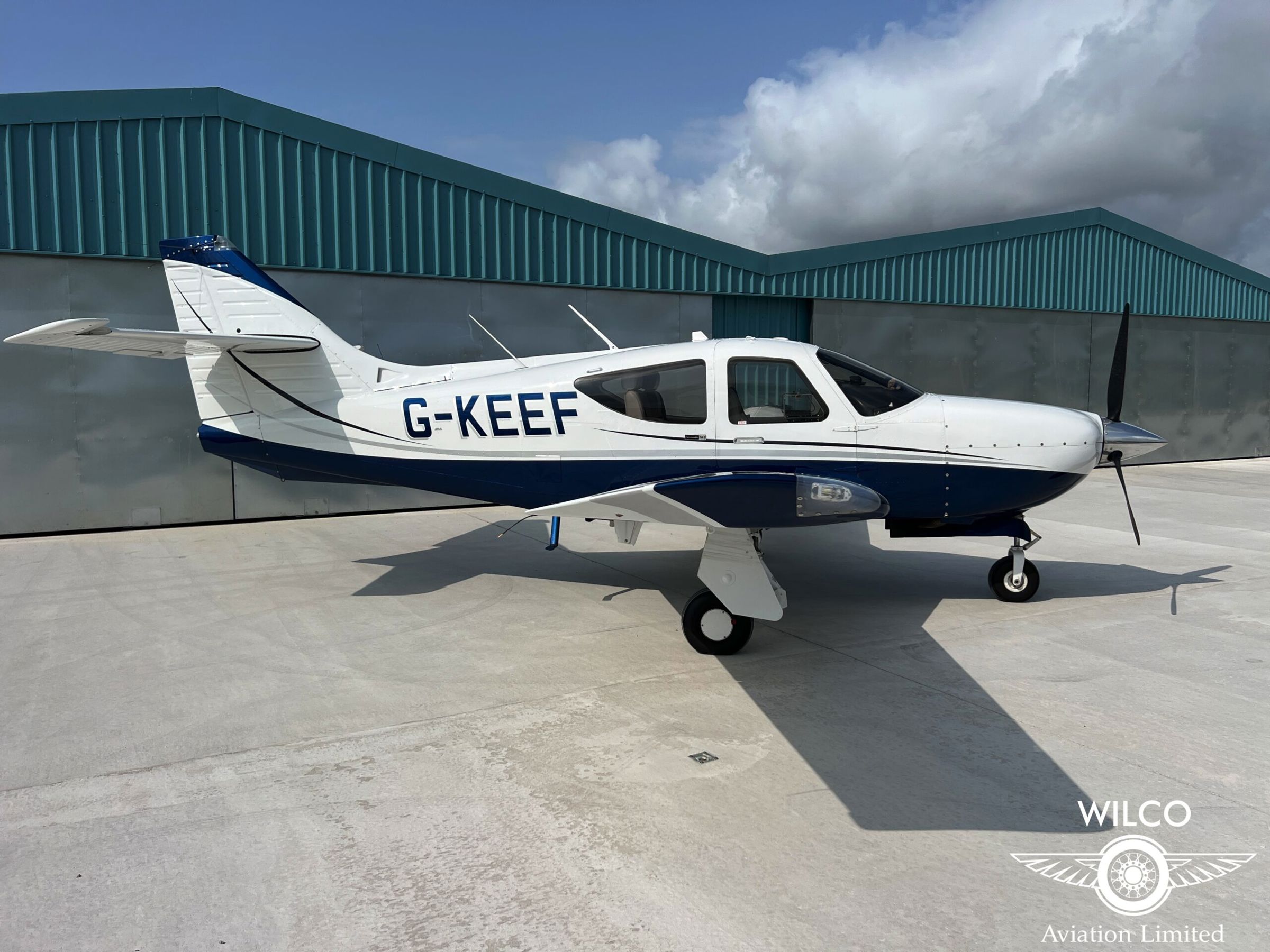
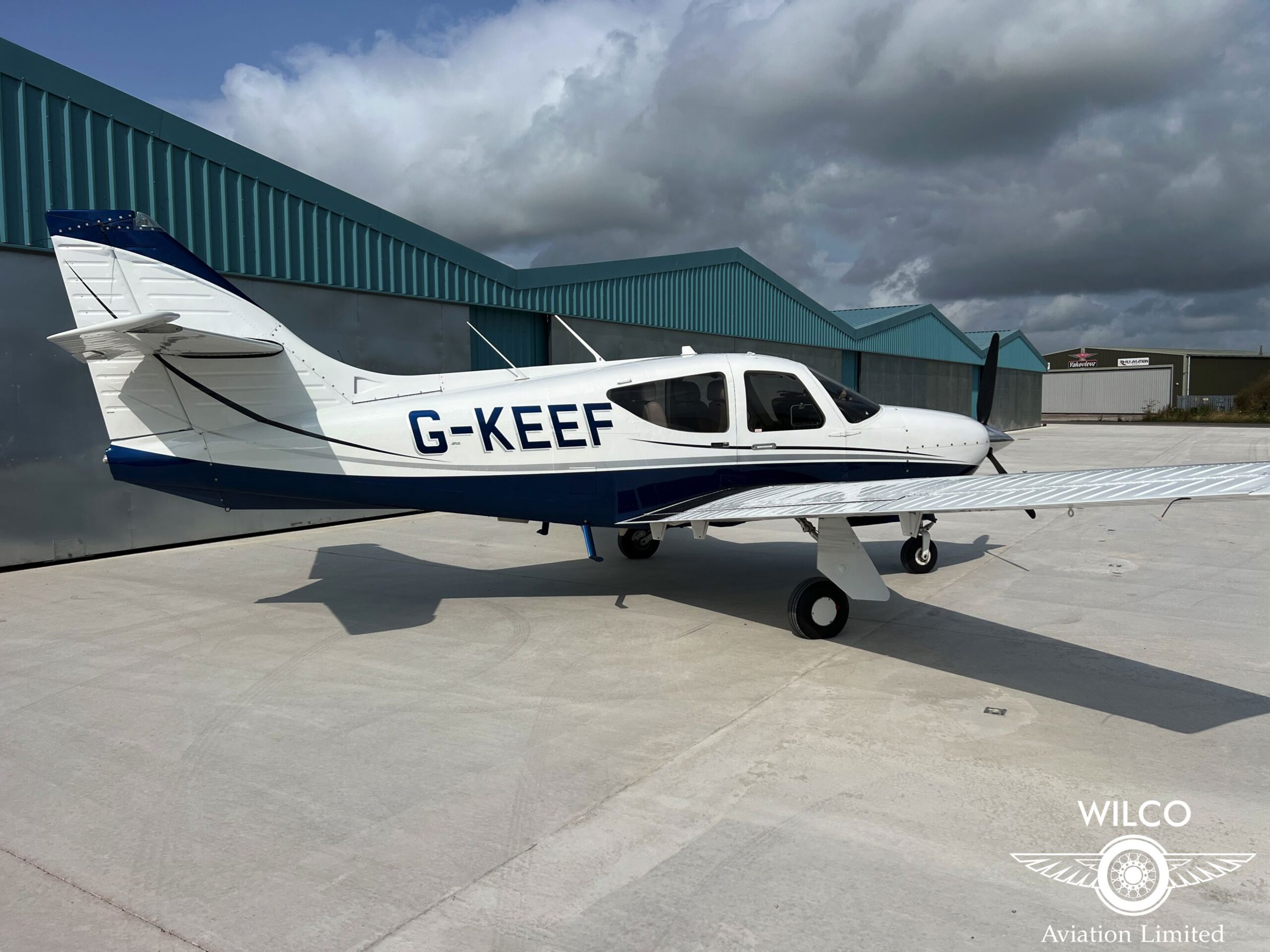
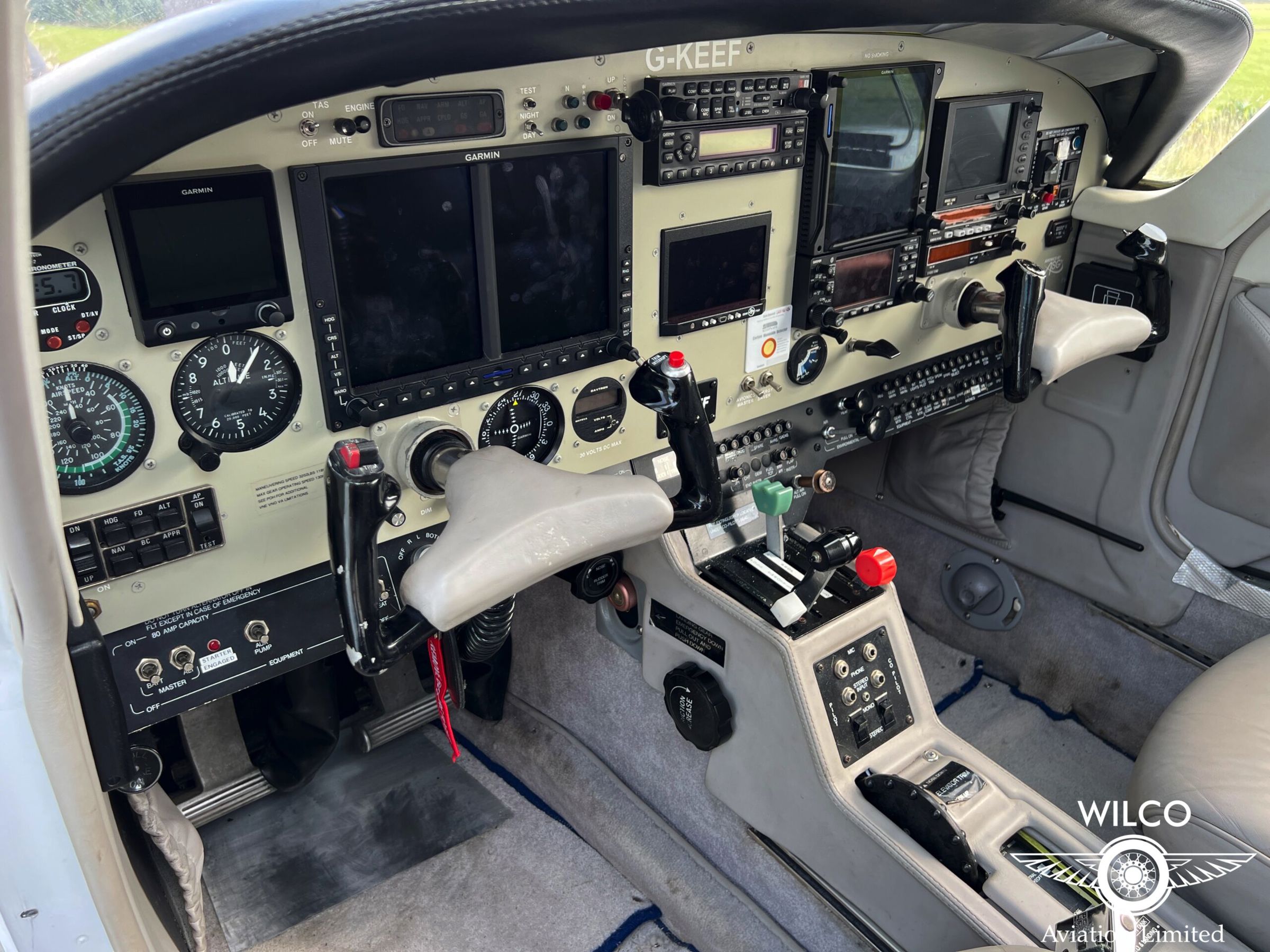
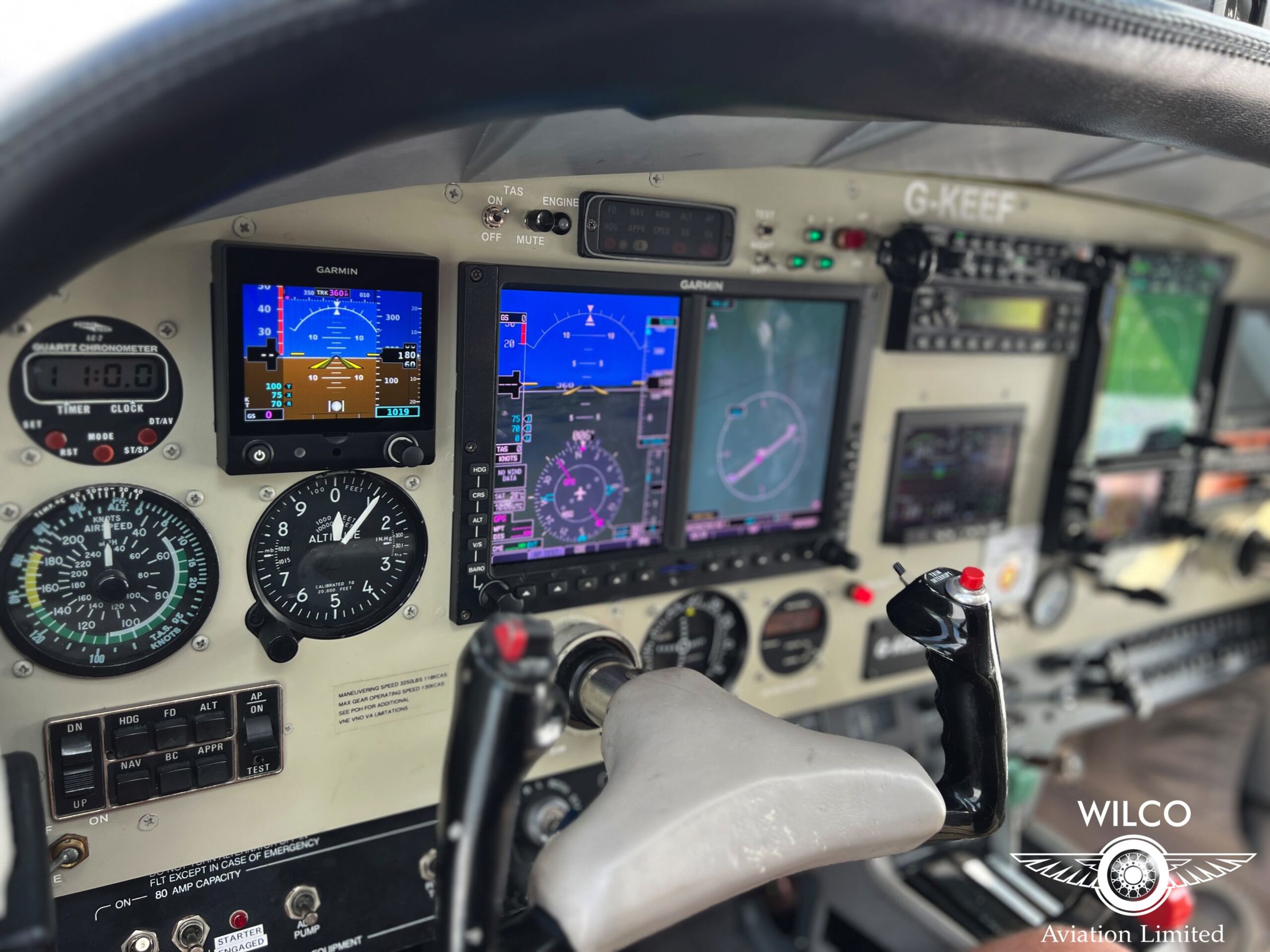
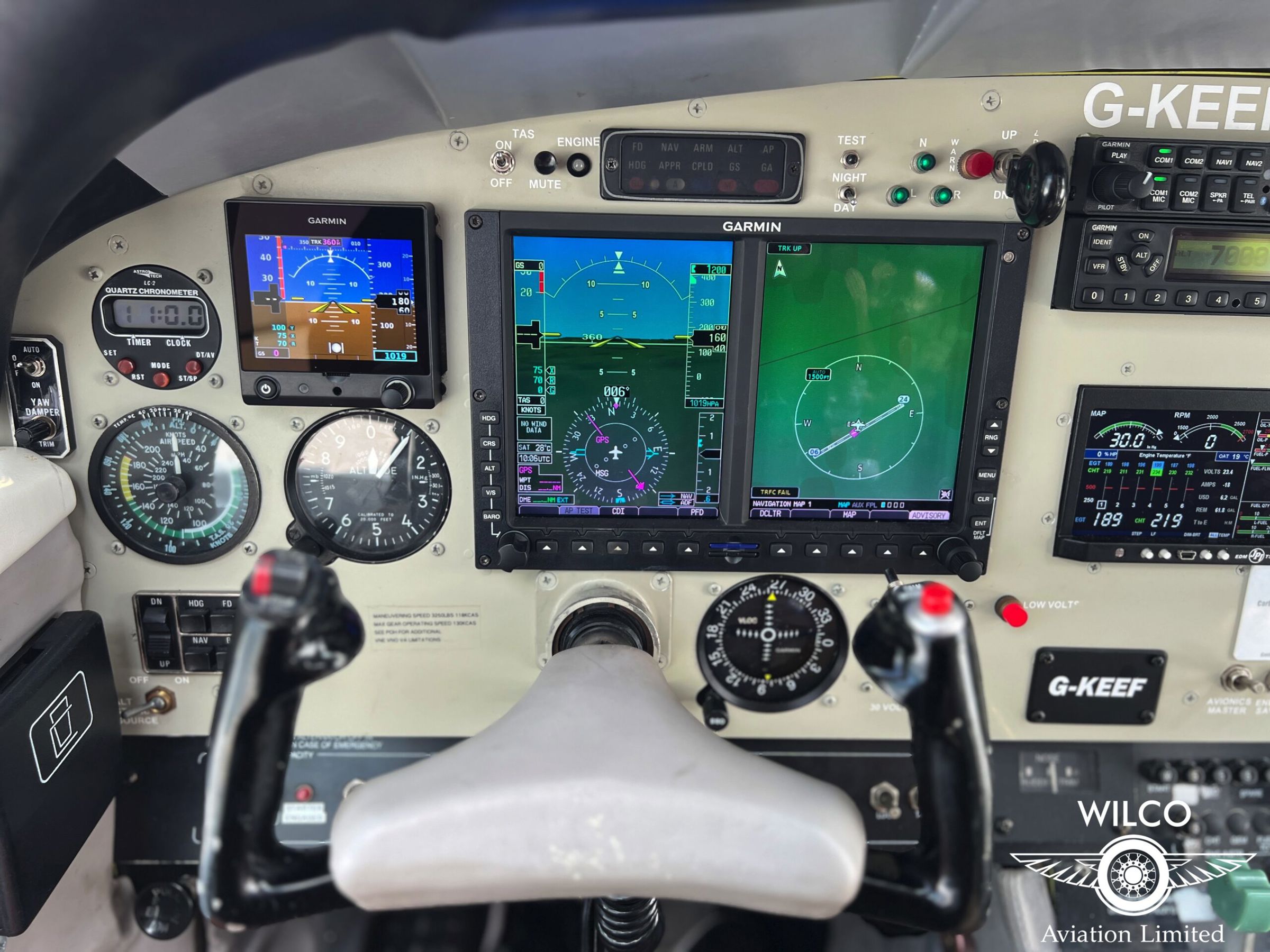
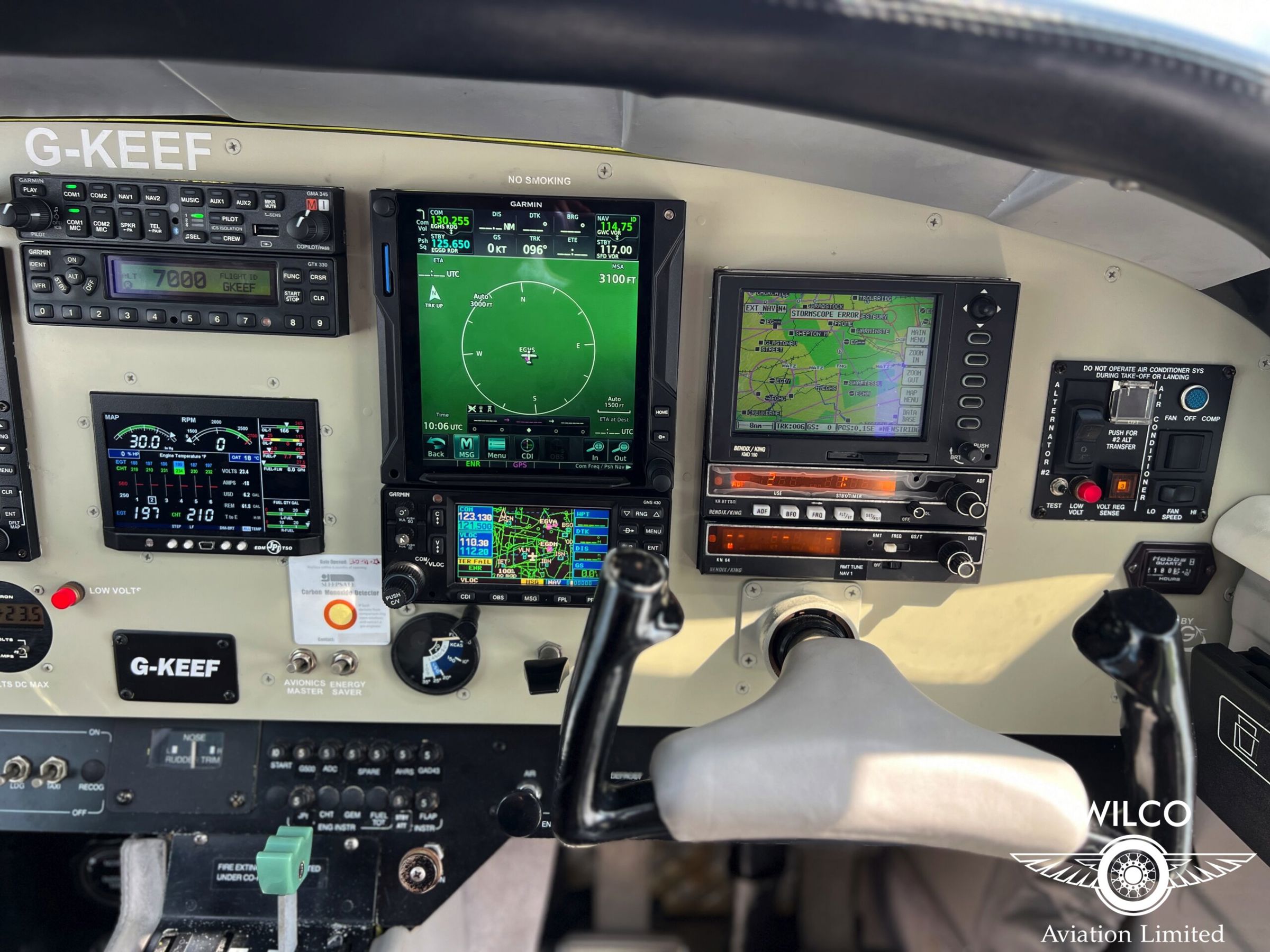
- Make
- Rockwell
- Model
- Commander 114B
- Year
- 1994
- Seller
- WilcoAviation
- Seller type
- Broker
- Location
- Cotswold Airport, United Kingdom
- Condition
- Pre-owned
- Total Time
- 1865 h
- Engine Time
- 230 h
- Undercarriage
- Retractable Tricycle
- Seats
- 4
- Flight Rules
- IFR
- Registration
- G-KEEF
Highlights
- Wilco Aviation are excited to exclusively offer this beautiful upgraded Rockwell Commander 114B powered by a very low hour Lycoming IO-540-T4B5 260 HP engine overhauled in 2017.
Exterior
- 9/10
- Midnight Blue 7 White with Silver trim
Interior
- 9/10
- Light Grey leather
Maintenance
- All AD’s & SB’s complied with.
- Airworthiness Until
- 09/25/2024
Specifications
- Seat Configuration
- 1+3
- Gross Weight
- 1474 Kg
- Empty Weight
- 1054 Kg
- Useful Load
- 420 Kg
- Cruise Speed
- 145 Kt
- Range
- 600 Nm
- Fuel Burn
- 48 l/h
- Fuel Capacity
- 257 l
Engine
- Manufacturer, Model
- Lycoming, IO-540-T4B5
- ENGINE OVERHAULED: 25/05/2017
- PROP MAKE: MCCAULEY 3-Blade
- PROP HOURS: 50 (+/- 5hrs)
- PROP OVERHAULED: 13/09/2023
- Fuel Type
- Avgas 100LL
- TSOH
- 230
Avionics
- GPS/NAV/COM
- Garmin, GTN 750Xi
- with Flight Stream bluetooth connectivity
- EFIS
- Garmin, G500
- Integrated flight deck with synthetic vision
- GPS/NAV/COM
- Garmin, GNS 430
- XPNDR
- Garmin, GTX 330
- Mode S & C
- EFIS
- Garmin, G5
- ADI
- Audio Panel
- Garmin, GMA 345
- Autopilot
- Bendix/King, KFC 200
- EMS
- J.P. Instruments, EDM 900
- CDI
- Garmin, GI 106B
- TAS
- Avidyne, TAS 600
- Traffic Advisory System displays alerts on G500
- MFD
- Bendix/King, KMD 150
- Skymap
- ADF
- King, KR 87
- DME
- Bendix/King, KN 64
- Basic instruments
- Standby Altimeter
- Standby ASI
- 2x Alternators
- Air Speed Indicator (ASI)
- Attitude Indicator (AI)
- Course Deviation indicator (CDI)
Airframe equipment
- Airframe Design
- Yaw Damper
- High Lift Devices
- Electronic Flaps
Electrical equipment
- Lights
- LED Beacon
- LED Landing light
- LED Taxi light
- LED NAV lights
- Electrical trim
Interior equipment and modifications
- Air Conditioning
Additional Remarks
- Echo Foxtrot located in the Southwest of England at Cotswold Airport, benefits from a low hour engine, almost new McCauley 3 blade propellor & a fresh looking paint scheme.
- The Rockwell International Commander 114 was introduced in 1976 as the logical follow-on to the Commander 112, the first single to be certified under Federal Aviation Regulations Part 23. The basic difference between the two models was the engine: a 200-horsepower Lycoming IO-360 in the 112, a 260-hp IO-540 in the 114. The 114A Gran Turismo, which featured a higher gross weight, replaced the 114 in 1979. That was the end of the line for the Rockwell singles. Production ceased in 1979 after about 1,135 had been built, of which some 485 were 114s and 114As.
- The “B” suffix suggests — correctly — that this Commander was preceded by a model “A” and an original, un-alphabetised version.
- Almost all the changes to the 114 to make it a 114B have taken place ahead of the windshield. Most noticeable is the new fibreglass cowl. The cowl on Rockwell-built Commanders is replete with drag- producing accoutrements: heavy metal latches on each side, separate oil cooler and induction air scoops, a deeply recessed landing light in the nose, a bump below the spinner for the starter, and two long, straight exhaust stacks protruding from the bottom. The new two-piece cowl is smooth and curvaceous and is interrupted only by two amazingly small nosebowl inlets that collect all the air needed for engine and oil cooling and the induction system. Better baffling around the cylinder heads makes more efficient use of cooling air.
- Beneath the cowling are more extensive changes. The exhaust system has been rerouted into a single exhaust stack. The oil cooler has been repositioned to take advantage of the new baffling and a smaller, lighter weight starter is used.
- An area that received a lot of attention was the engine induction system. According to Commander, the IO-540-T4B5 engine in the 114/114A makes 75-percent power up to about 5,000 feet. Careful tuning of the induction system enables the 114B, which uses the same engine, to hold 75 percent up to 8,000 feet in standard conditions, the company claims.
- More efficient induction and exhaust systems and propeller, reduced cooling drag, and better cowling aerodynamics — these were the ingredients in Commander’s recipe for boosting performance. How much of a boost? About 10 knots in cruise, according to Commander. The company claims a 75-percent-power cruise speed of 160 knots. Maximum cruise is advertised as 164 knots.